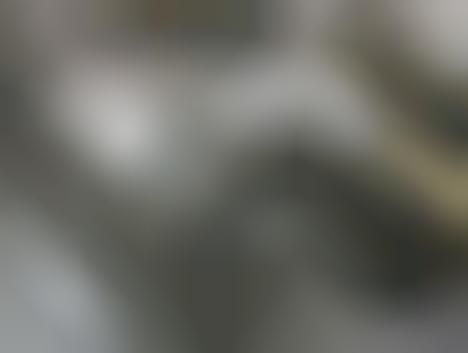Resomation is the Greenest Form of Burial and Now Market-Ready
Omar Yusuf — August 29, 2011 — Eco
References: newscientist & io9
With the world's population expected to hit seven billion by the end of the year, our deaths and subsequent rites can be environmentally damaging, which makes resomation an increasingly attractive burial option.
What exactly is resomation? For those of us concerned about our carbon footprint, it happens to be the least harmful method of burial. Referred to as alkaline hydrolysis in more scientific circles, the technique involves suspending the body in a solution of water and alkali salts, which will slowly break down your organic tissues. After approximately two or three hours, the body -- now a pile of powder -- is transferred into a transport vessel and returned to the family.
Whereas cremation involves burning carbons which return to the atmosphere, liquefaction leaves no such by products. The embalming fluids used during traditional burials eventually leak into the soil, while resomation is a completely neutral process. If you want to leave the Earth without any moral regrets, maybe alkaline hydrolysis is the answer?
What exactly is resomation? For those of us concerned about our carbon footprint, it happens to be the least harmful method of burial. Referred to as alkaline hydrolysis in more scientific circles, the technique involves suspending the body in a solution of water and alkali salts, which will slowly break down your organic tissues. After approximately two or three hours, the body -- now a pile of powder -- is transferred into a transport vessel and returned to the family.
Whereas cremation involves burning carbons which return to the atmosphere, liquefaction leaves no such by products. The embalming fluids used during traditional burials eventually leak into the soil, while resomation is a completely neutral process. If you want to leave the Earth without any moral regrets, maybe alkaline hydrolysis is the answer?
Trend Themes
1. Resomation - The greenest form of burial that involves alkaline hydrolysis to break down organic tissues, leaving no harmful byproducts.
2. Eco-friendly Funerals - Increasingly attractive burial option to reduce environmental damage caused by traditional burial methods.
3. Carbon Footprint - Growing concern for individuals wanting to minimize their impact on the environment when it comes to their death and burial.
Industry Implications
1. Funeral Services - Opportunity to offer resomation as a more environmentally-friendly option for customers concerned about their carbon footprint.
2. Sustainable Technologies - Emerging market for companies that develop and provide alkaline hydrolysis equipment for resomation processes.
3. Sustainability Consulting - Consulting firms can help guide funeral homes and individuals in adopting eco-friendly funeral practices, including resomation.
2.5
Score
Popularity
Activity
Freshness






















